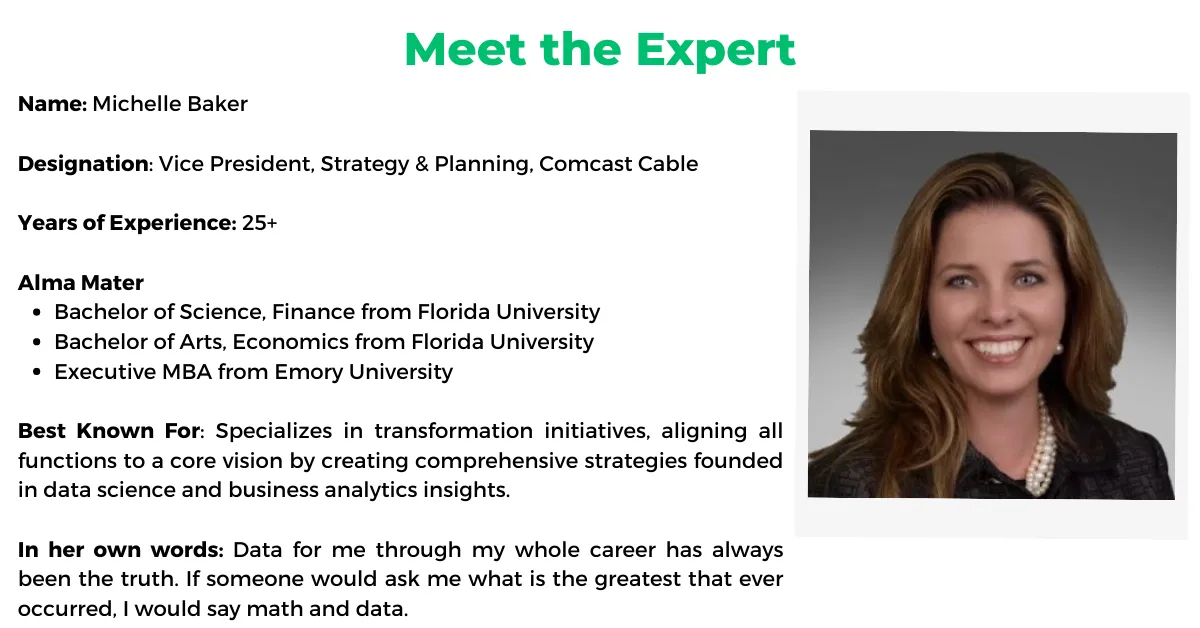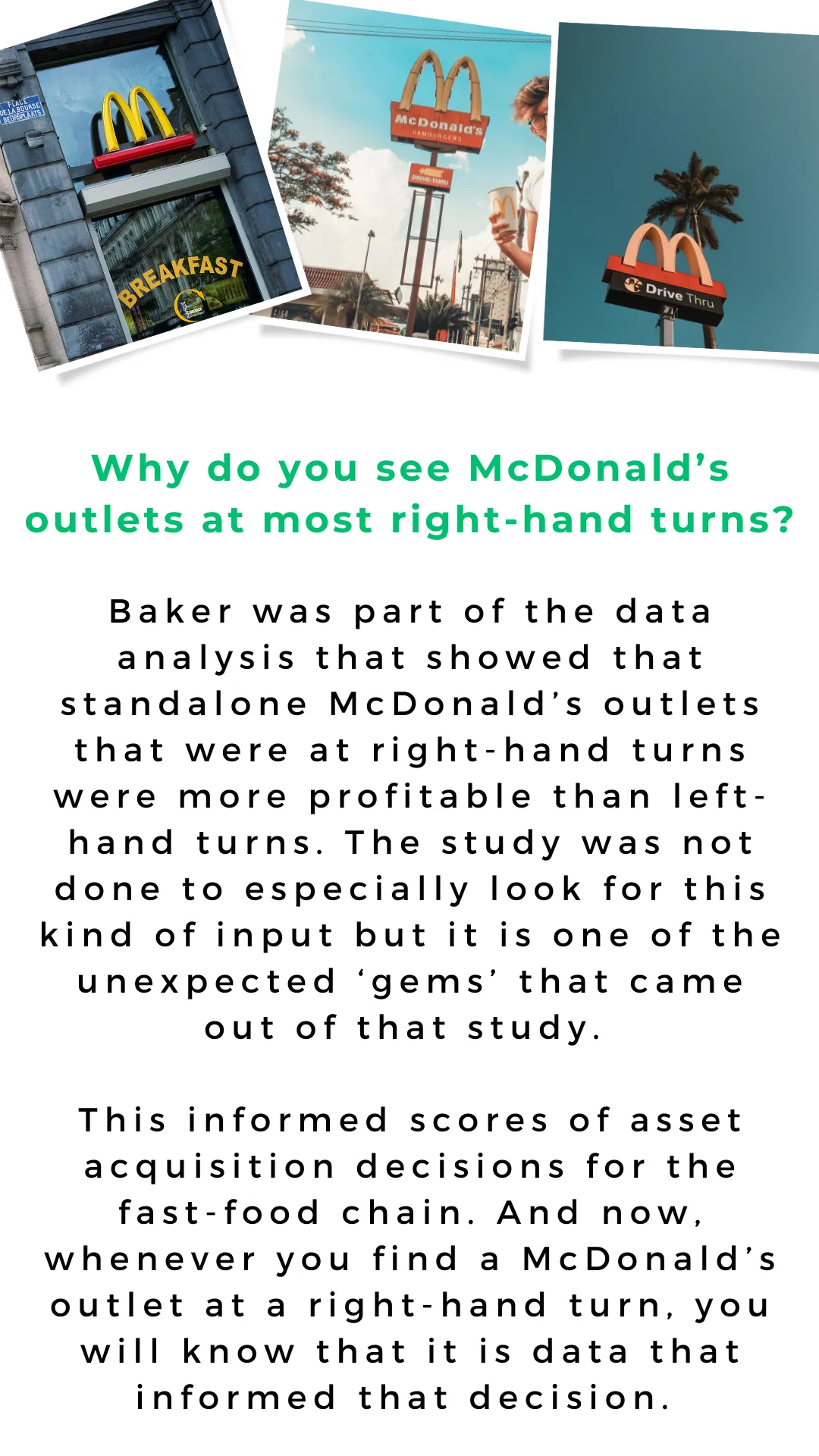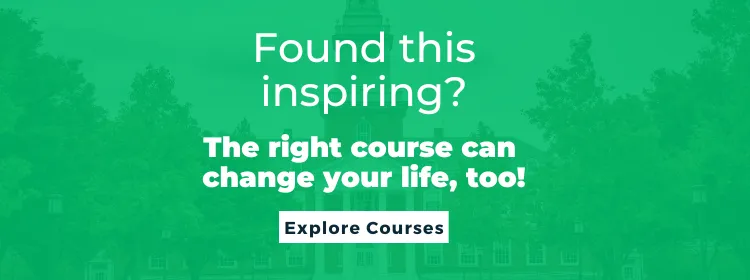How to Become a Data-driven Decision Maker in Leadership?

- What can leaders do to improve the processes behind making those data-driven business decisions that matter?
- How do we continue to be intentional about using the tons and tons of data that we are collecting?
- How do we shift the focus to an overall data strategy instead of isolated data roles?
- How can you ensure that you’re making those data-driven decisions that are free from bias?
- What are some of the core capabilities that organizations need to establish or develop in their pursuit to become more data-driven?
- How can leaders foster a data-driven culture in an organization outside of the data-specific teams?
We would have argued in favor of data-driven leaders as opposed to intuition-driven ones. But, intuition doesn’t leave numbers in its wake; it leaves success stories. Like the story of former Boeing CEO Bill Allen, who convinced a hardcore defense aircraft manufacturer to risk $16 million on a new transcontinental airliner. The Boeing 707 has since become legend. Though undeniably tempting, legends are not made everyday. That is why companies need a solid data strategy in their court.
Emeritus conducted a webinar with Michelle Baker, Vice President, Strategy and Planning at Comcast Cable as well as Stefanie Khan, Senior Director of Finance Analytics at Red Hat to discuss data strategy and its use by the leadership in organizations. The core question addressed was: how to move from being an intuition-driven leader to a data-driven leader?


Now that you have met the two stalwarts of data, let’s dive right into how they advised businesses to build a data-driven leadership in this webinar hosted by Emeritus.
What can leaders do to improve the processes behind making those data-driven business decisions that matter?
Khan: Your company’s culture really needs to be reflective of being data-driven.You can say it. You can think about it. But, the actions behind the thought are most important. Fundamentally, leaders must be really working towards an environment where data is analyzed to guide decisions on new strategies.
Data-driven leaders want to think about it from a structural perspective, making sure that they have the organization and staffing really focused on that data-driven environment. The foundational (core) teams —technology team, business intelligence team, and analytics teams or data science teams — are integral to having a very successful path to being a data-driven business.
Key Takeaway: Leaders must back up conversations about data strategy with concrete commitments
Baker: As a data-driven leader, think about a couple of critical points:
 #1: Start with a question and define what problem you are trying to solve
#1: Start with a question and define what problem you are trying to solve
You must know what data strategy or vision you are trying to bring to life. You need to have a clear vision of what success entails. Your question has to have your customer in mind.
#2: Start simple and stay focused on the part that is important
Think workshop and not full-scale factory. It’s very easy to get lost in a sea of data. So, learn to recognize the metrics that are important, validate your data quality, and know when not to obsess over data so that you can move quickly.
#3: Use the tools that are available to you
You do not need to reinvent the wheel as a leader. There are a ton of analytical tools already available to you. Think about speed. You need to be processing your data, in the right and most-efficient way.
#4: Take action with impact in mind
Once you find the insights, act on it. If your actions do not work, it’s okay to stop and formulate new actions. The key is to act as your insights are only as good as the value they create for your organization.
Key Takeaway: Be process-oriented but allow your teams and yourself (as leaders) the time to be curious as you analyze the data. You may find something that you are not even looking for!
How do we continue to be intentional about using the tons and tons of data that we are collecting?
Baker: When we are dealing with data, we have power. We need to be very thoughtful about what we do with that power. I spent a year and a half working on customer privacy and database security with Comcast, making sure that we never gave up information at an individual level. Also, we were very careful that when we did analysis and analytics, we always summarized it into segmentation; we never called out one individual, in particular, to respect privacy.
Key Takeaway: Do the ‘mommy check’ on data? According to Baker, the best way to maintain a moral compass while dealing with data is to do a ‘mommy check’.
“Don’t do anything you cannot tell your mom about. Your mother may not understand what you do with data strategy. But, ensure that you never do anything you are not proud of telling your mom. This is to establish that you’re never violating the level of integrity for yourself and your company”
– Michelle Baker
Khan: The advantages of data speak for themselves — you can make more confident decisions, you can be more proactive and save costs. But, one has to hone their skills at accounting for the disadvantages and planning for them.
Data Quality
Data quality is one such disadvantage. Manual data entry, for example, is easily one of the biggest reasons why a company would have low data quality. You have to build your end-to-end data processes to take that into consideration. Introduce automation, bots, and artificial intelligence (AI) to do all the functional and tactical work.
Misinterpretation of Data
The last thing that I want to mention is misinterpretation of data and the level of blind trust that can cause it. Data is meant to guide you, it’s not going to give you all the answers you’re looking for. You need to really pair the knowledge that you’re getting from data along with your subject matter experts as well as historical knowledge. It’s this combination that is going to give you further insights into how you should approach the problems that you have at hand.
Key Takeaway: Make sure your data is clean. Don’t have blind faith in it.
How do we shift the focus to an overall data strategy instead of isolated data roles?
Khan: It’s really thinking about the foundation and infrastructure that would support your data. As is true for almost everything in life, you have to build a foundation. In the case of companies, you need a foundation in data that translates to an enterprise data team. This team does all of your data management, governance, quality, clean up, and transforming the data to make it usable.
Key Takeaway: Without a solid foundation, data scientists cannot draw any useful conclusions from the data.
How can you ensure that you’re making those data-driven decisions that are free from bias?
Khan: The caveat for data-driven decisions is that the data has to be properly interpreted in order for analytics to be effective. Cognitive bias is choosing data that specifically supports a belief or theory and also simultaneously choosing to ignore data that contradicts it. Watch out for scenarios where you can introduce a very large level of bias.
Another thing to keep in mind is to not assume that your trends are correlated. You have to have a very healthy level of skepticism. When you’re approaching how to take the appropriate steps and understanding as well as validating any assumptions related to correlations, your past does not predict your future. You can use your data to create a fully scoped perception of where you’re headed.
Baker: We, at Comcast, actually have a one-pager of all of these biases we need to avoid. We pasted it at our desk to make sure we check these things.
One of my personal pain points is sampling bias. An unbiased random sample isn’t hand picked. There are a lot of tools to truly build a random sample where every segment of the population should have an equal likelihood of being part of the sample and that’s critical. Unfortunately, most of the time, when people do sample size for data collection, they’re not using that truly random sample. They’re choosing some segment that’s going to lead them to the hypothesis to be true. They’re not truly analyzing from ground zero. Another important point is to have a minimum sample size of 500. If your sample size is not 500, you cannot put any weight behind the findings.
Key Takeaway: Biases can creep into data strategy at various stages so we must be aware and minimize these biases
What are some of the core capabilities that organizations need to establish or develop in their pursuit to become more data-driven?
Baker:
#1: A data-driven leader: One of the critical things about being a data-led organization is that you need a senior leader to carry your flag. You need a leader who is going to look at the data as the source of truth in the organization.
#2: Data as a product: This is a new concept to see data as a product but it pays off in the long run.
#3: Data checks: You need to ensure that your data is flowing through the right channels and getting captured correctly.
#4: A symbiotic relationship between the data and its analysts: They need to be a group that enables each other and helps drive further advancements.
Khan: When I think of core capabilities for data-driven organizations, some really high-level trends come to mind.
#1: The C-suite needs to be supportive and have the right skills and way of thinking to support data-driven decisions. That will trickle all the way down to individual contributors who are actually doing transformation work.
#2: The organizational culture should support a data-driven environment.
#3: The processes need to be reflective of incorporating data.
#4: Companies must make sure they invest in the right tools and technologies.
#5: Last but not least, is execution. You have to think of being data-driven as a way of life. Your company’s end-to-end and day-to-day work can be data-driven only if your organization structure supports it.
How can leaders foster a data-driven culture in an organization outside of the data-specific teams?
Baker: At Comcast, we created a team called Applied Analytics that has ambassadors and advisors. While the data teams read and interpret the data, the ambassadors and advisors know enough of that data to correlate it to different functions. This team does not have experts in data. But, they do have data literacy and subject matter expertise to communicate between the data and the non-data teams.
Khan: The keyword that I find myself using probably 100 times a day in my current role is cross collaboration. Thus, uncovering a level of transparency where you can be open and honest with opinions, assumptions, and problems is the first step. Try to learn from each other and create solutions that are creative. Sometimes, it’s really uncovering those partnerships that exist throughout your organization and also being able to foster partnerships through cross collaboration that help build a well-rounded narrative around data.
Key Takeaway: Not all teams need to have deep knowledge of data analytics but all teams must be data-literate and aligned on the importance of being data-driven.
To watch this webinar, click here.
By Anwesha Barari
Write to content@emeritus.org for content collaborations.







































































































